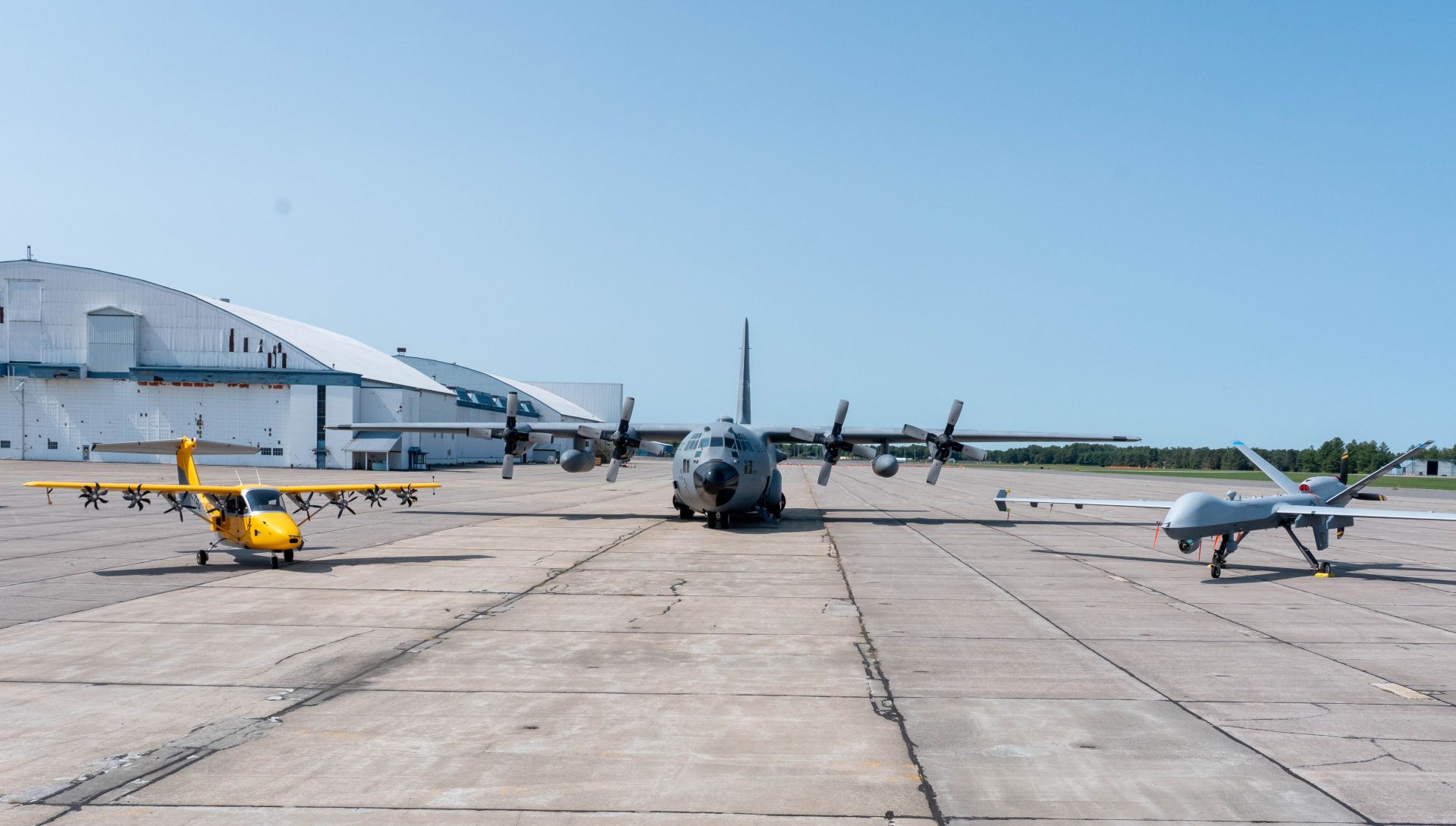Electra Selects Honeywell to Provide Key Flight Technology for its Hybrid-Electric Aircraft

Electra has selected Honeywell flight control computers and electromechanical actuation systems for its 9-passenger hybrid-electric short takeoff and landing (eSTOL) aircraft. These critical technologies will support the fixed-wing eSTOL aircraft’s ability to fly safely and efficiently, helping advance the future of more sustainable and affordable regional air travel. Additionally, Honeywell has made a strategic financial investment in Electra.
Accelerating the development of aircraft for more sustainable flight supports Honeywell’s portfolio alignment to three compelling megatrends: the future of aviation, automation, and the energy transition.
“Honeywell brings deep expertise in control system design, development and certification to support Electra’s goal of creating sustainable, efficient and accessible air travel,” said JP Stewart, Vice President and General Manager, Electra. “Honeywell Aerospace has seamlessly integrated best-in-class and mature flight control technologies which we believe will be a game changer for making safer, more affordable, and sustainable aircraft, ultimately enabling air travel without the airports.”
Electra’s eSTOL aircraft combines blown lift technology with distributed electric propulsion, using battery packs and a turbogenerator to power eight electric motors placed along the wing’s leading edge. This allows the aircraft to take off and land in under 150 feet, enabling flight operations from underserved and remote areas using unconventional locations like converted parking lots, barges, and short fields. The innovative design achieves 40% lower fuel consumption, significantly reducing operating costs, emissions, and noise for community-friendly operations.
“Electra’s aircraft is perfectly suited to regional air mobility and will enable new access to grow this market,” said David Shilliday, Vice President, Advanced Air Mobility, Honeywell AerospaceTechnologies. “Our ability to pre-integrate multiple subsystems will not only help reduce the time it takes to install and integrate these technologies, but it will also enable Electra to expedite and streamline production of its groundbreaking eSTOL aircraft.”
Honeywell’s compact fly-by-wire (cFBW) flight control computers are augmented by electronics, rather than manual controls. The computer or “brains” of the aircraft’s flight controls is about the size of a paperback book, compared with traditional technologies on larger aircraft that are roughly the size and weight of a loaded suitcase. Honeywell’s cFBW computer draws less power, helps reduce turbulence, and can dynamically adjust flight motors to enable smooth flight paths, eliminating the need for heavy hydraulics and control cables.
Honeywell’s electromechanical actuation systems—which convert electricity into mechanical force—allow for safe and efficient flight by taking commands from the pilot or onboard flight management system. Honeywell actuators, which enable actions like moving the flaps on the wing, are smaller, lighter, more reliable and have 10% greater power density than most aerospace actuators available today.
Together,the compact size and lighter weight of both the cFBW flight control computers and electromechanical actuation systems are critical components for Electra’s eSTOL production aircraft.
Honeywell Ventures, Honeywell’s venture capital arm that invests in early-stage, high-growth companies with emerging or disruptive technologies, has made an undisclosed investment into Electra. The investment supports collaboration between the two companies, reinforcing Honeywell's commitment to advanced air mobility and the future of sustainable flight.
Recent News

Electra Applies for FAA Type Certification for Groundbreaking EL9 Ultra Short Aircraft

Electra Applies for FAA Type Certification for Groundbreaking EL9 Ultra Short Aircraft

Electra Launches Defense Unit to Deliver Next Generation Airlift Solutions for the Last Tactical Leg

Electra Launches Defense Unit to Deliver Next Generation Airlift Solutions for the Last Tactical Leg

Electra Selects Evolito to Supply Electric Engines for the EL9 Ultra Short Hybrid-Electric Aircraft



